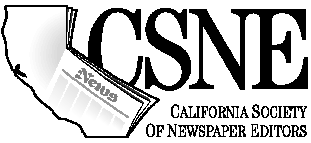Washington Post columnist Matt Cohen
has written a column about the value of news vs. the value of newspaper companies to Wall Street.
I think he's right on target when he states, "... while (Morgan Stanley's Hassan Elmasry) mentions benefit to 'shareholders,' he says nothing about readers or, if you will, the public in general. 'Intrinsic value,' after all, should not always be measured in monetary terms."
I am starting to feel like Howard Beale in
Network: "I'm mad as hell, and I'm not going to take this anymore!"
All industries undergo change. The strong survive; the rest are relegated to history books. Our industry is changing in many ways, but our core values are no different - or they shouldn't be, regardless of what Wall Street says. It is insane to me that an industry that regularly manages profit margins of 10%, 20%, 30% - even 40%! - gets trashed by "analysts." How many other industries in the world's richest nations wouldn't kill for profit margins of 10%? The world is upside down. Granted, I'm in a midsized market and have watched the nightmares of San Francisco's circ declines from a distance. But I think there are a whole lot of newspaper folks across the country who are reading the industry's obituary and scratching their heads, wondering how it could possibly apply to their situations.
I was watching a favorite movie the other night,
Apollo 13, and one sequence in particular made me think of our industry: A couple of pencil-pushing geeks are worried the astronauts will die and say, "This could be the worst disaster NASA has ever faced." The character played by Ed Harris turns to them with full confidence and says, "With all due respect, sir, I believe this is going to be our finest hour."
-- Andy Perdue
 Getting to know you
Getting to know you



